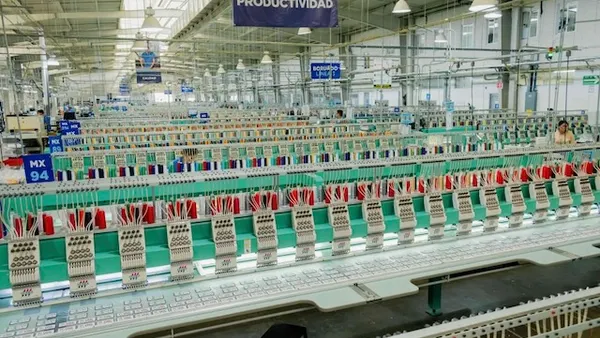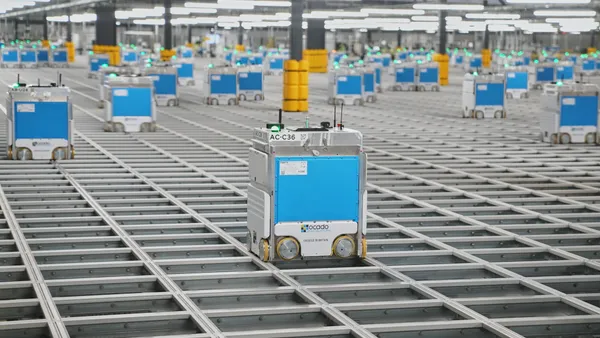The 2025 supply chain landscape is shaping up to be an interesting one. As new tariff regulations threaten to change the way many companies operate, companies across the globe are taking a refreshed look at their existing processes. While this looks different from business to business, the goal is profitability amidst uncertainty.
And how to remain profitable? The key is staying agile when supply chain obstacles hit.
The rising cost of business
With increased tariffs across the globe and constantly shifting costs and expectations, suppliers, retailers, manufacturers and distributors are left with a bit of whiplash.
These regulations changed how supply chain professionals view their processes, leading many to reevaluate their workflow strategies. Companies report rising operational and compliance costs, more disruptions than usual and an increased need to maintain a profit margin.
Tariffs are just one factor in today’s uncertainty. High taxes can lower the operating margin for a business, which forces decisions to be made; suppliers, for example, must consider whether or not they can absorb these higher costs themselves.
Another factor is the impact felt by companies that are housing increased inventory and inventory waste. Many business owners have already begun stocking up on their inventory in anticipation of higher import costs.
But of course, not everyone can stockpile inventory like this. Some companies have had to make the difficult decision to halt imports of items, effectively pausing transactions on certain items entirely and missing out on crucial cash flow. Other companies are not producing as planned and now face gaps in item availability during peak holiday season. This brings down sales and revenue forecasts as we look toward what is normally the most lucrative season for brands.
Cost mitigation strategies
Companies that need to find new strategies to maintain agility have a variety of options. Control what you can during these moments of supply chain volatility and remain mindful of how you can adjust your processes to meet your needs.
Revenue recovery: Having enough cash on hand can seem challenging, but there are systems that you can put in place to alleviate stress. Revenue recovery solutions help you keep more money in your hands by identifying, recovering and preventing revenue loss from chargebacks.
The concept behind the right revenue recovery solution is simple: proactive monitoring reduces resolution time, prevents invalid deductions from occurring in the first place and keeps your money where it belongs—in your company’s pocket.
Maximized cash flow solutions: Invoice financing is an option for getting more cash quickly. Invoice payment terms usually delay cash flow, but invoice financing enables earlier payment without the wait.
Invoice financing is a secure way to retain control over payments from any trading partner. It’s a great way to reap the benefits of faster payments while ensuring relationships with trading partners are not affected.
Gather crucial data: Staying on top of potential shifts in consumer demand and sales trends is another cost-saving tactic. A solution that uses automation to gather timely data and provide insights can be a game-changer when it comes to unpredictability in the supply chain, using existing data to analyze future sales trends.
Accessible data analysis enables better insights and offers an opportunity for stronger communication with trading partners.
More efficient order fulfillment: Introducing an automated EDI solution is a simple way for brands to save money. While EDI may seem complicated, it’s always straightforward with the right provider.
An EDI solution can help brands avoid spending money on things like an EDI coordinator, the labor and costs of manual entry, temporary labor costs of mapping and document processing during peak demands—and more. These are inevitable costs that companies can only avoid for so long, and when they do come around it’s better to be prepared.
Tariff workarounds: While tariffs can make you feel like you’re operating in the dark, there are options to mitigate the effects.
- Strategies like nearshoring, onshoring or relocating manufacturing can lower costs significantly by eliminating import fees.
- Many suppliers have begun recategorizing their products to place them into a lower tariff bracket.
- Effective supply chain collaboration helps maintain profit margins; some suppliers work with retail partners to renegotiate tariff burdens and split the rising costs.
While there are options, there is a need for action now, no matter where you fall in the supply chain. Wondering how to get started with cost-saving strategies like these? Get in touch with an expert from SPS Commerce today.










